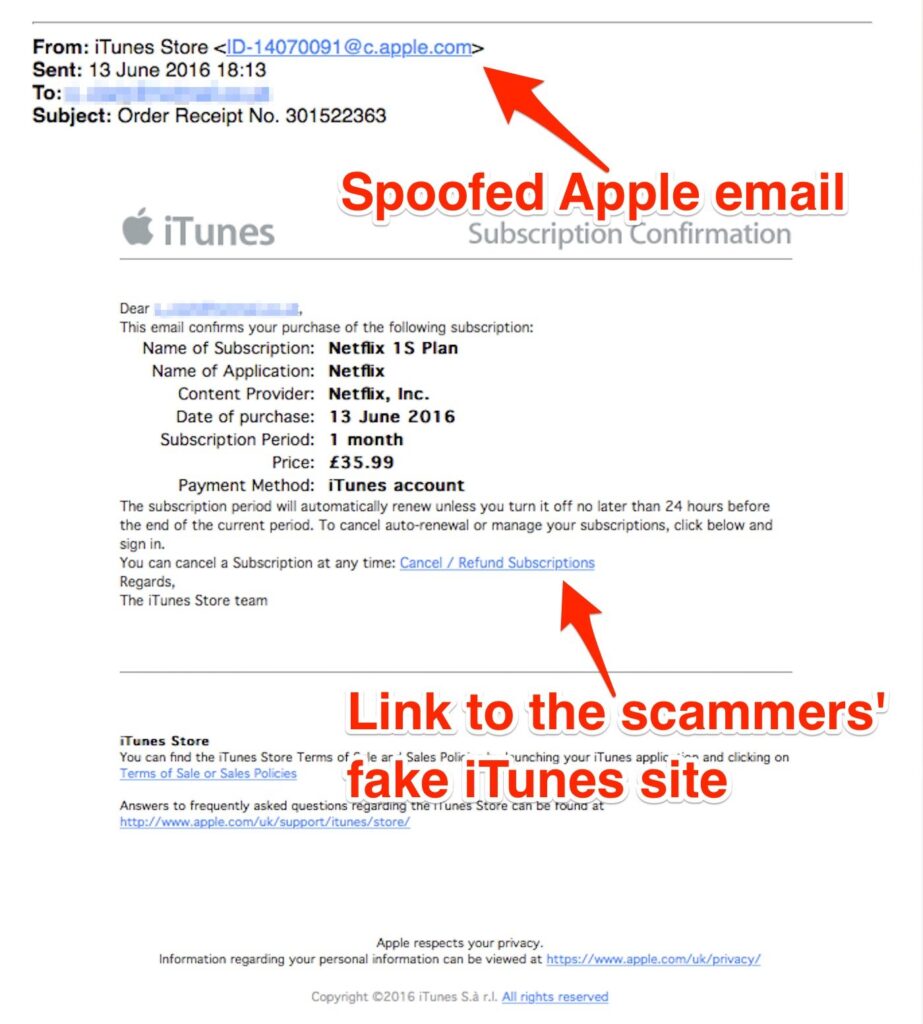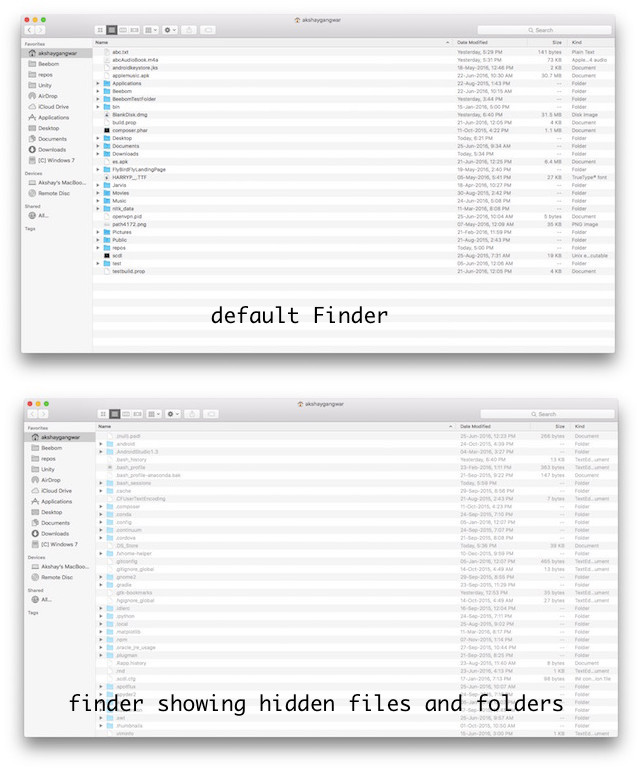Microsoft unveiled the new Surface Laptop, targeting primarily students. It’s a sleek device, impressively thin and visually appealing. Compared to the Surface Book, it appears notably slimmer. The Surface Laptop fulfills longstanding desires of Microsoft enthusiasts, offering a high-quality display, robust hardware, portability, extended battery life, and an outstanding design that rivals competitors in its price range.
With its price, design, and the new Windows 10 S platform, the Surface Laptop challenges Chromebooks. So, how does it fare against Chromebooks? Let’s compare it to Google’s Chromebook Pixel. While I haven’t used the Surface Laptop, the details and specs regarding the device give us a decent idea of how it compares to the Pixel. So, without further ado, let’s pit Surface Laptop vs Chromebook Pixel:
Design
Take a moment to admire the sleek design of the new Surface Laptop. Crafted from high-quality alcantara fabric, reminiscent of materials found in Lamborghini supercars, it exudes luxury. Microsoft assures us that this material is stain-resistant and easy to clean, but only time will tell how it holds up to daily use. Remarkably thin at just 14.48 mm at its thickest point, the Surface Laptop surpasses even the latest MacBook Pro and Google Chromebook Pixel in slimness.
At 15.24 mm, the Chromebook Pixel is only marginally thicker than the Surface Laptop, yet it appears bulkier than expected, courtesy of Google’s design. Unlike the Surface Laptop’s sleek 9.9mm wedge-shaped profile, the Chromebook’s flat design lacks a thinner point, contributing to its chunkier appearance. Nonetheless, the Chromebook Pixel closely resembles the 2015 MacBook Pro in aesthetics. However, this resemblance isn’t detrimental, as the build quality remains robust with minimal flex.
Display
The Surface Laptop flaunts a 13.5-inch PixelSense display with a 2256 x 1504 resolution, emphasized by Microsoft during the presentation. This yields a pixel density of 201 ppi on a 3:2 aspect ratio, notably high for its size, albeit overshadowed by the Google Chromebook Pixel. Microsoft boasts of incorporating the thinnest LCD module ever in a laptop, a claim intriguing until compared with the Chromebook Pixel.
In terms of display, Google’s Chromebook Pixel outshines the latest Surface Laptop. Despite its smaller 12.85-inch size, it offers a higher pixel count than the Surface Laptop, boasting a resolution of 2650 x 1700 and a pixel density of 239 ppi. Both devices feature a 3:2 aspect ratio. Therefore, for those who prioritize high-resolution screens, the Chromebook Pixel emerges as the superior choice.
Operating System
Microsoft’s latest laptop operates on Windows 10 S. Here, we anticipate that S symbolizes streamlined, as hinted on Microsoft’s website. Essentially, this is a simplified version of Windows 10 that we all cherish. With Windows 10 S, the company aims to rival Google’s Chrome OS, popular among students. Microsoft asserts that Windows 10 S will boot in just 15 seconds, a boon for impatient users. Additionally, Windows 10 S pledges improved battery life compared to other versions.
This OS version also has a major limitation. Windows 10 S cannot run traditional desktop apps, similar to the unsuccessful Windows RT platform. Expect to lose access to apps like Firefox, Photoshop CC, iTunes, and games. However, Microsoft provides a solution. Surface Laptop owners can upgrade to Windows 10 Pro for free until December 31, 2017. After this date, a $49 upgrade fee applies. Take advantage of this offer before it expires.
The Chromebook Pixel, unlike conventional computers, operates on Google’s Chrome OS. Like Windows RT and 10 S, it lacks support for desktop apps. However, Chrome OS now integrates with the Play Store, providing access to millions of Android apps. Furthermore, its web functionality and cloud integration are exceptional.
Performance
Let’s dive into the specs of these two laptops. Microsoft’s Surface Laptop offers a choice between a 7th Generation Intel Core i5 or i7 processor. RAM options range from 4GB, 8GB to 16GB. The base model includes an Intel Core i5 processor and 4GB RAM, which may not satisfy most students. Storage capacities start at 128GB and go up to 512GB. All SSDs are PCIe based for rapid performance.
Google’s Chromebook Pixel packs slightly inferior hardware, likely due to its age. Despite launching in 2015, it still impresses in the specs department. The laptop offers an older Intel Core i5 or i7 processor based on the Broadwell architecture. Choose between 8GB or 16GB RAM depending on your budget. Storage options include 32GB or 64GB, but Google sweetens the deal with 1 TB of free cloud storage on Google Drive for 3 years. Not too shabby, right?
Connectivity
Microsoft’s latest laptop lacks in port selection, a sacrifice for an extremely thin design. The Surface Laptop offers a single USB 3.0 port, Mini DisplayPort, Surface Connect port, and a 3.5mm headset jack. However, there’s no SD card slot or USB type C port. It supports dual-band 802.11ac WiFi and Bluetooth 4.0 LE.
Google Chromebook Pixel, in contrast, offers more ports than necessary for a laptop. This is another area where it surpasses the Surface counterpart. It includes two USB 3.0 ports, two USB type C ports, an SD card slot, and a 3.5 mm headset jack. Although lacking the Mini DisplayPort, you can easily use a USB-C to DisplayPort adapter for connecting to external 4K displays. Like the Surface Laptop, the Chromebook Pixel supports dual-band 802.11ac WiFi and Bluetooth 4.0.
Battery Life
Both laptops boast impressive battery life, with the Surface Laptop surpassing the Chromebook Pixel by over 2 hours, offering 14.5 hours on a full charge. However, the Chromebook still delivers a respectable 12 hours. Whichever you pick, expect excellent battery performance. Opt for the Surface Laptop if you crave that extra endurance.
Price and Availability
Get the new Surface Laptop starting at $999, featuring 4GB RAM, 7th Gen Intel Core i5, and 128GB SSD. The highest-end variant, with 16GB RAM, 7th Gen Intel Core i7, and 512GB SSD, costs $2199. This pricing aligns with Apple’s. Microsoft is now taking pre-orders, and shipping begins June 15th.
Regarding Chromebook Pixel, it was launched at $999 in 2015, similar to Surface Laptop. However, it’s currently unavailable. Despite our efforts, it’s not found online. Rick Osterloh, Google’s Senior Vice President of Hardware, recently tweeted they’re not selling it.
Surface Laptop vs Chromebook Pixel: Specs Comparison
| Specifications | Microsoft Surface Laptop | Google Chromebook Pixel |
|---|---|---|
| Dimensions | 308.1 mm x 223.27 mm x 14.48 mm | 297.7 × 224.55 × 15.24 mm |
| Weight | 1.25 Kg | 1.5 Kg |
| Display | 13.5-inch 2256 x 1504 (201 PPI) PixelSense | 12.85-inch 2560 x 1700 (239 PP) IPS 400-nits |
| Processor | 7th Gen Intel Core i5 or i7 | 5th Gen Intel Core i5 or i7 |
| Memory | 4GB, 8GB, or 16GB RAM | 8GB or 16GB RAM |
| Graphics | Intel HD 620 or Intel Iris Plus Graphics 640 | Intel HD Graphics 5500 |
| Storage | 128G, 256GB, or 512GB PCIe SSD | 32GB or 64GB SSD |
| Operating System | Windows 10 S | Google Chrome OS |
| Camera | 720p HD Webcam | 720p HD Webcam |
| Connectivity | 1 x USB 3.0, 3.5 mm Headset Jack, 1 x Mini DisplayPort, Surface Connect | 2 x USB 3.0, 2 x USB-C, SD Card slot, 3.5mm Headset Jack |
| Wireless | Dual-band 802.11ac WiFi, IEEE 802.11a/b/g/n compatible, Bluetooth 4.0 LE | Dual-band 802.11ac WiFi, IEEE 802.11a/b/g/n compatible, Bluetooth 4.0 |
| Battery Life | 14.5 hours | 12 hours |
| Price | $999 – $2199 | $999 at Launch |
Surface Laptop vs Chromebook Pixel: Windows 10 S Takes on Chrome OS
Microsoft acknowledges the surging ultrabook market with its release of the Surface Laptop. However, numerous alternatives pose strong competition, notably given the steep price of the highest-end model, exceeding $2000. It falls short of being a Chromebook killer. What are your impressions of the new Microsoft Surface Laptop? Can it rival other ultrabooks? Share your thoughts in the comments below.

Pritam Chopra is a seasoned IT professional and a passionate blogger hailing from the dynamic realm of technology. With an insatiable curiosity for all things tech-related, Pritam has dedicated himself to exploring and unraveling the intricacies of the digital world.


